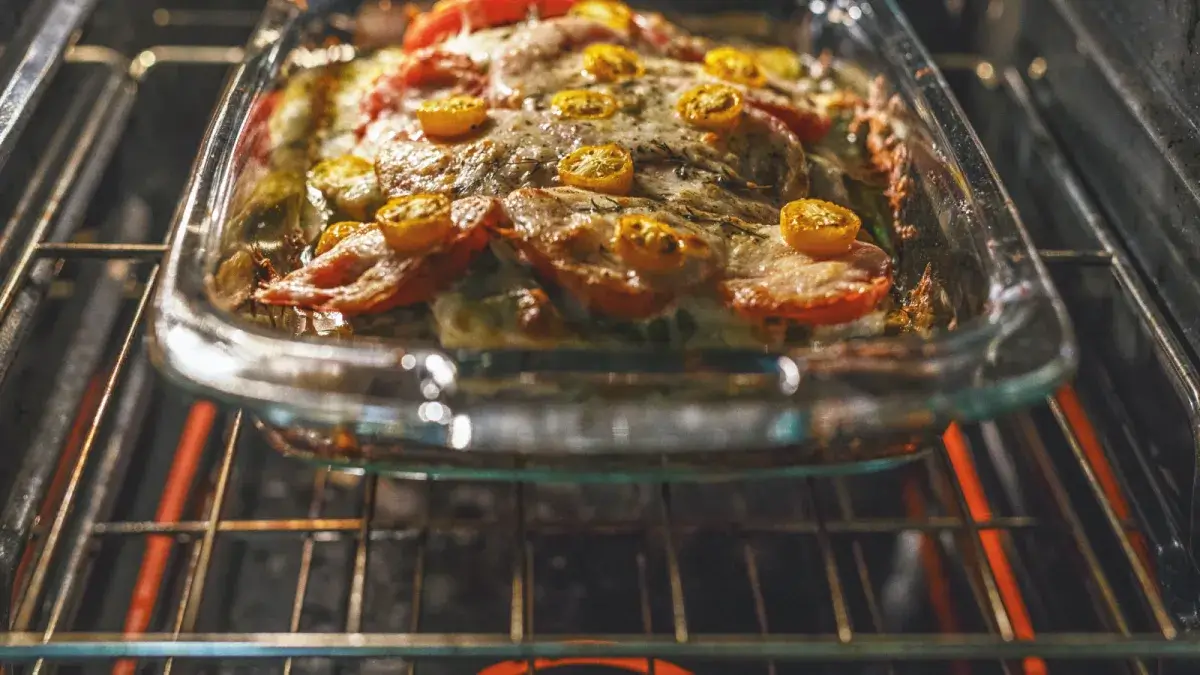Pyrex is one of those kitchen staples almost everyone owns. Maybe you inherited a set from Grandma, maybe it came from a wedding registry, or maybe you grabbed one at the store because it seemed indestructible. These glass dishes are multitaskers—you can mix, bake, store, and serve in them. They feel practically immortal. But here’s the thing: as tough as Pyrex is, it’s not invincible. And if you don’t know the rules, you could end up with a shattered dish and dinner dripping all over your oven.
Yes, Pyrex is Oven-Safe—but It Has Limits
Pyrex was designed to handle the oven, and that’s why it’s so popular. You can bake a casserole, serve it on the table, and pop the leftovers in the fridge without dirtying extra dishes. Brilliant, right? But remember, it’s still glass. And glass hates one thing more than anything: sudden changes in temperature. That’s where things go wrong.
Thermal Shock: The Silent Pyrex Killer
The number one reason Pyrex breaks isn’t because it’s weak—it’s because of thermal shock. If you take a cold dish straight from the fridge and throw it into a 425°F oven, you’re asking for trouble. The extreme jump from cold to hot can make it crack—or worse, shatter into dangerous shards. One second you’re baking lasagna, the next you’re cleaning glass out of your oven.
How to Protect Your Pyrex
If your dish is cold, let it warm up before baking. Set it on the counter for 20–30 minutes, depending on how cold it was. It doesn’t need to reach room temperature, but it can’t go in icy cold. And whatever you do, don’t ever take Pyrex from the freezer straight into a hot oven. That’s a guaranteed disaster. If you must bake something straight from the fridge, start it in a cold oven and let the dish heat up gradually as the oven warms.
Freezer and Pyrex Don’t Mix
Storing food in Pyrex in the freezer is fine. The danger comes when you move it directly from freezer to oven. That’s the perfect recipe for thermal shock. Instead, thaw the dish first—either on the counter for a couple of hours or overnight in the fridge. Yes, it takes more time, but it will save your food and your dish.
Vintage Pyrex vs. New Pyrex
Those colorful vintage Pyrex pieces with flowers and pastel designs? They were originally made with borosilicate glass, which could withstand temperature changes a little better than today’s soda-lime glass versions. Still, even vintage Pyrex isn’t bulletproof. The same rules apply: no sudden temperature swings, no freezer-to-oven shortcuts.
The Bottom Line: Treat Pyrex with Care
Pyrex is durable, versatile, and a far better option than flimsy plastic containers, but it’s not indestructible. Always avoid drastic temperature changes, let cold dishes warm before baking, and never assume glass will behave like cast iron. With a little care, your Pyrex can last for decades and might even outlive you. But ignore the rules, and you risk ruining dinner—and your favorite dish.
